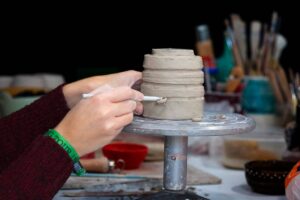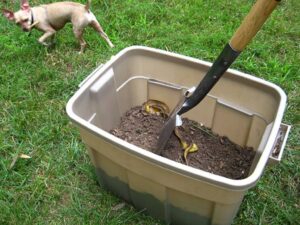The Crafts Blog
Exploring the Benefits and Considerations of Artificial Grass
The Rise of Artificial Grass in Modern Landscaping
Artificial grass, once a novelty, has swiftly become a staple in modern landscaping. Its popularity stems from the need for sustainable and low-maintenance solutions in both residential and commercial settings. As urban areas expand, the demand for green spaces continues to grow, yet the resources required to maintain natural grass are often scarce. Artificial grass offers an innovative solution, providing the aesthetic appeal of a lush lawn without the need for constant upkeep.
The evolution of artificial grass technology has played a significant role in its adoption. Early versions were often criticized for their unnatural appearance and texture. However, advancements in materials and manufacturing processes have resulted in products that closely mimic the look and feel of real grass. This has led to its widespread use in a variety of applications, from sports fields to residential lawns and even indoor spaces.
Beyond aesthetics, artificial grass offers practical benefits. It is drought-resistant, requiring no water to maintain its vibrant appearance. This is particularly advantageous in regions where water conservation is a priority. Additionally, artificial grass reduces the need for pesticides and fertilizers, making it an environmentally friendly option. As more people become conscious of their ecological footprint, the appeal of artificial grass continues to grow.
Advantages of Choosing Artificial Grass
There are several compelling reasons to consider artificial grass for your landscaping needs. One of the most significant benefits is its low maintenance requirements. Unlike natural grass, which demands regular mowing, watering, and fertilizing, artificial grass remains pristine with minimal effort. This makes it an ideal choice for busy homeowners or those who may not have the time or resources to dedicate to lawn care.
Another advantage is its durability. Artificial grass is designed to withstand heavy use and harsh weather conditions, making it suitable for high-traffic areas. It retains its color and texture year-round, providing a consistent and appealing appearance regardless of the season. This durability also translates to cost savings over time, as there is no need to replace or repair damaged patches frequently.
Artificial grass also offers versatility in design. It can be installed in areas where natural grass struggles to grow, such as shaded spots or regions with poor soil quality. Additionally, it can be customized to fit any landscape design, from traditional lawns to modern, minimalist gardens. This flexibility allows homeowners to create unique outdoor spaces that reflect their personal style.
- Low maintenance requirements
- Durable and weather-resistant
- Versatile in design
- Environmentally friendly
Considerations Before Installing Artificial Grass
While artificial grass offers numerous benefits, there are several considerations to keep in mind before installation. One of the primary concerns is the initial cost. Although artificial grass can lead to long-term savings, the upfront investment is typically higher than that of natural grass. It is important to weigh this cost against the potential savings in maintenance and water usage over time.
Another consideration is the environmental impact of the materials used. While artificial grass reduces the need for water and chemicals, it is made from synthetic materials that may not be biodegradable. It is crucial to research and select products that are designed with sustainability in mind, such as those made from recycled materials or offering recyclable options at the end of their lifespan.
Additionally, the installation process is critical to the performance and longevity of artificial grass. Proper preparation of the site and professional installation are recommended to ensure a seamless and durable finish. This includes ensuring adequate drainage to prevent water pooling and potential damage to the surface.
Lastly, while artificial grass is generally low maintenance, it is not entirely maintenance-free. Regular cleaning to remove debris and occasional brushing to maintain the upright position of the blades are necessary to keep the grass looking its best.
- Initial cost considerations
- Environmental impact of materials
- Importance of professional installation
- Regular cleaning and maintenance









